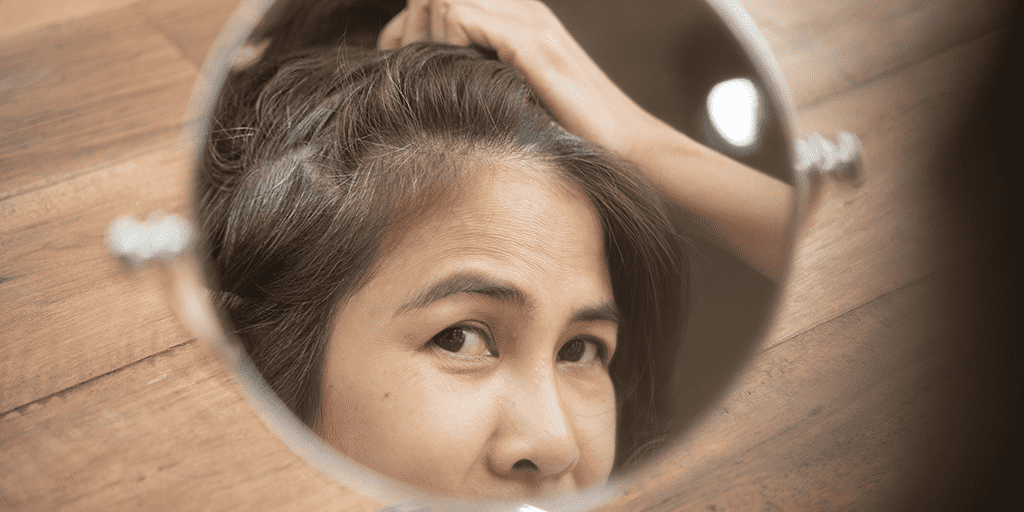Graying hair is one phenomenon that is dreaded by all. Be it the POTUS or an ordinary individual. Who wants to lose their youthful looks and step into the grimmer world of old age? Marie Antionette’s overnight transformation and her take on the salt vs. pepper subject have been interesting. A new study has shown the first true connection between proteins and graying hair. But on the bright side, this is reversible.
No proper study was carried out in this aspect before the scientists at Columbia University did so. Stress has been blamed for graying hair since centuries but that may not be the case, let’s see if it is so.
14 volunteers were selected for the experiment, and their stress levels were monitored. Simultaneously their hair samples were collected by the scientists. These hair samples were then cut into miniature slices, each almost 20th of a millimeter which precisely depicts one hour of hair growth and a =n accountable greying timescale if stress is at the stem of it.
“If you use your eyes to look at a hair, it will seem like it’s the same color throughout unless there is a major transition,” said Ayelet Rosenberg, first author of the study. “Under a high-resolution scanner, you see small, subtle variations in color, and that’s what we’re measuring.”
During the course of the study, it was found out that individuals with higher stress levels have hair growing grey faster than usual. However, the stark revelation was the fact that the process reversed in the cases where stress was lifted from a certain subject. And this was the first of its kind reversal of hair color documented.
“There was one individual who went on vacation, and five hairs on that person’s head reverted to dark during the vacation, synchronized in time,” Picard says.
Thousands of different proteins were studied by the researchers to ascertain the impact on hair growth. Under different levels of stress, 300 of these proteins had varying impacts on the subjects. Mitochondria play a vital role in this process.
“We often hear that the mitochondria are the powerhouses of the cell, but that’s not the only role they play,” Picard says. “Mitochondria are actually like little antennas inside the cell that respond to many different signals, including psychological stress.”
This is the first study that studies the relation of mitochondria with hair color at different stress levels. This is precisely why this is standout research. One such study on mice was carried out in 2020 by Harvard researchers and concluded that stress harmed the pigment-producing stem cells in hair follicles.
“Our data show that graying is reversible in people, which implicates a different mechanism,” says co-author of the new study, Ralf Paus. “Mice have very different hair follicle biology, and this may be an instance where findings in mice don’t translate well to people.”
This breakthrough study also puts forth some interesting questions. How to tackle stress? How to reverse its impact on greying hair? How to keep our hair youthful for long? These questions are sure to be answered in the coming years.
“Based on our mathematical modeling, we think hair needs to reach a threshold before it turns gray,” Picard says. “In middle age, when the hair is near that threshold because of biological age and other factors, stress will push it over the threshold, and it transitions to gray. But we don’t think that reducing stress in a 70-year-old who’s been gray for years will darken their hair or increasing stress in a 10-year-old will be enough to tip their hair over the gray threshold.”

